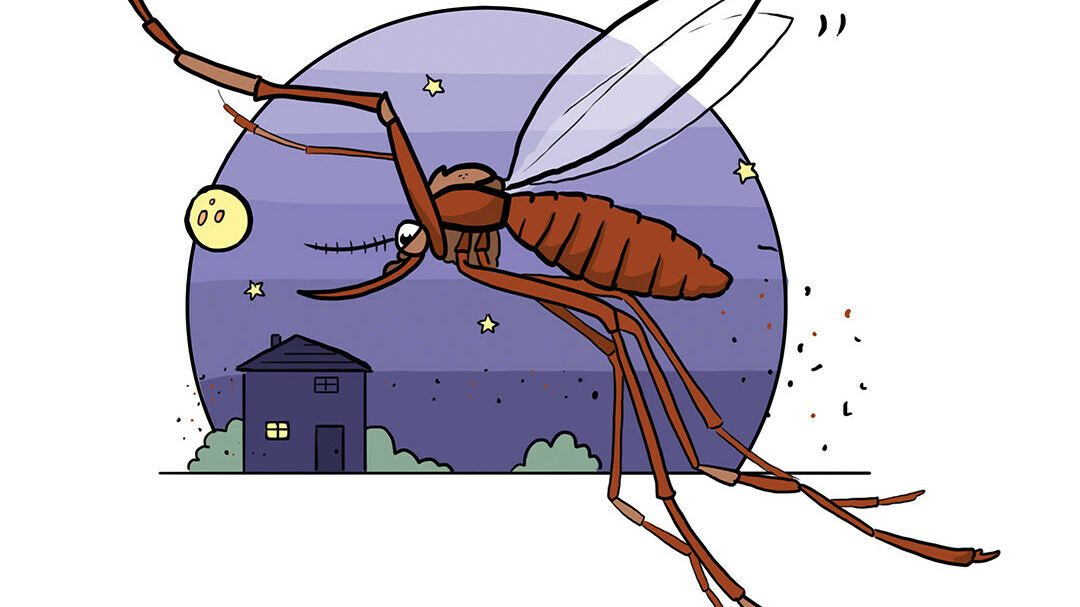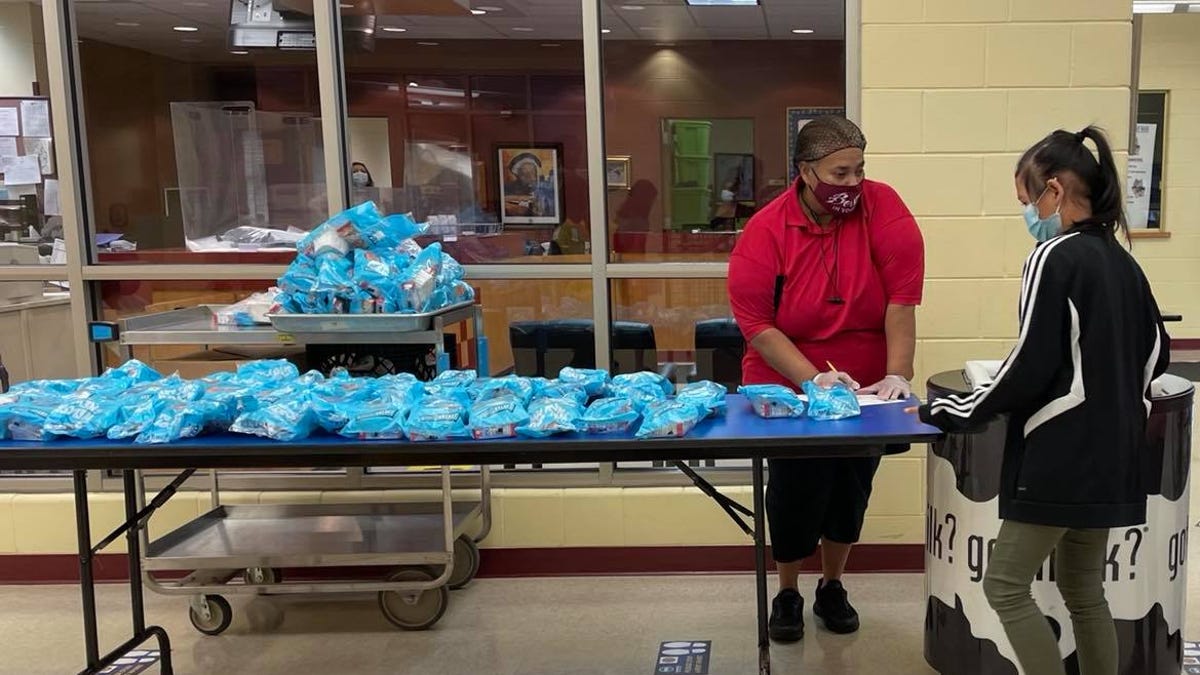Wisconsin
Records are broken with the Northern Wisconsin State Fair’s 2023 turnout
/cloudfront-us-east-1.images.arcpublishing.com/gray/MWU37MXOAFHQXLSMOHNJDXG5B4.jpg)
EAU CLAIRE, Wis. (WEAU) –
People celebrated the end of a record breaking year for the Northern Wisconsin State Fair.
Organizers shared how this year’s fair made a big impression on those who attended.
“Look at the kids. They’re laughing, they’re giggling, they’re running, they’re having fun. That makes grandpa, grandma, mom and dad, everybody, have fun,” Executive Director, Rusty Volk, said.
“There’s definitely a community between exhibitors as well as the fair goers, whether you’re on the animal side, the carnival side, or the vendors. Whether you’re coming for fair food, or you’re coming to see the animals, maybe you come for the concerts, there’s something fun for everyone,” Assistant Executive Director, Cindy Boggess, said.
To no surprise, this year’s turnout has surpassed previous years, and by a lot.
“Saturday was by far the biggest day we have ever had for a single day as far as people coming to the fair and visiting with the carnival, that was the largest day they have ever had in coming to the fair. So thank you to everybody that came to enjoy the fair,” Volk said.
Volk said that since the COVID-19 pandemic ended, the turnout at the Northern Wisconsin State Fair has skyrocketed.
With 111,000 people having attended in 2021, and 114,000 people who attended in 2022.
The huge crowds bring a lot of revenue to the area.
“I can safely say that this week, for this 125th year, we will have generated over $10 million in economic impact,” Volk said.
Those running the fair hope to bring in even more newcomers for next year.
“We’re going to make you laugh and we’re going to make you just have a great time,” Volk said.
Volk says that ticket prices have not risen in years and they plan to keep it that way, as long as people keep attending the fair.
Copyright 2023 WEAU. All rights reserved.

Wisconsin
COLUMN: What’s the Buzz? It’s Summer in Wisconsin

My wife and I were sitting in our living room, engaging in the Mobius strip of Netflix scrolling. We had survived the eight months of winter and relished the 23 hours of spring. The weather alert on our computer advised that the night was to be clear with a full moon.
“Hey, Jane. Let’s take a romantic walk. It’s supposed to be lovely tonight.”
“Let me just grab my coat.”
“Jane, it’s June.”
“Right. I’ll grab a scarf, too.”
We stepped outside, and to our surprise, it was completely overcast. I guess the weather forecast was wrong. But then I heard the ominous, spine-tingling humming.
“Jane, run for it!” But I was too late. The cloud of mosquitoes had already latched onto her and was airlifting her back to Half Moon Lake.
As anyone who lives here knows, we have an overabundance of blood-sucking vermin in Wisconsin. In fact, Eau Claire would be an ideal place for a medieval barber to practice medicine. I imagine it would go something like this:
Barber: What seems to be the problem?
Peasant: It’s my son. He’s got a touch of the Black Death.
Barber: Well, that’s going around. What your son needs is a good blood letting.
Peasant: That makes sense. Should I bring him to your office?
Barber: No need. Just have him take a hike at Lowes Creek Park near sunset. Here’s your bill. You owe me two chickens and a dead cat.
Peasant: Dead cat? Why do you need a dead cat?
Barber: I can’t tell you. I’m not allowed to reveal the secrets of the pharmaceutical industry.
It makes me wonder why I still live in Eau Claire. Recently, my wife and I flew out to California to visit our friends, Lew and Mary Ann. They didn’t have any mosquitoes. They had clouds of Monarch butterflies. Butterflies! I was wandering under their lemon trees while they and my wife lounged on the deck, unbothered by any biting insects. As I joined them on their deck, I started to strip down.
Lew: Um, what are you doing?
Me: I walked through some tall grass, so you know the routine.
Lew: No. No, I do not.
Jane: I have to look for bullseyes.
Lew: Bullseyes on his back?
Jane: Yes.
Lew: Little paranoid, aren’t you?
Me: Not where ticks are concerned.
Lew: Oh, we don’t have ticks.
Me: You … don’t have ticks? So, no Lyme’s Disease?
Lew: Lyme’s disease? Is that something you get from drinking too many margaritas?
I found their ignorance of blood-borne pathogens wonderfully refreshing. I looked at all of the pluses for living in California: no winters, close to the Pacific Ocean, and fewer chances of dying from a lingering illness. I had to move to California!
Me: I want to be your new neighbor. How much is a house here?
Lew: Our house is worth $1.3 million.
Me: $1.3 million? But, but, your house is SMALLER than our house in Wisconsin!
Lew: That’s the going rate.
We flew back to Wisconsin with a greater appreciation for our hometown after all. Jane and I sat on the back patio of our house that was one-eighth the price of a house in California. A mosquito landed on my tricep and plunged his proboscis into my soft tissue. I smiled at her benevolently and said, “God bless you, my little housing market deflator.” SMACK. “Rest in peace.”
Wisconsin
Wisconsin goats eat invasive plants in Calumet woods

CALUMET, Mich. (WLUC) – Goats grazed in Calumet’s Swedetown Recreation Area forests on Saturday morning,
The Keweenaw Invasive Species Management Area (KISMA) works with the Houghton, Hancock, and the Keweenaw tri-county area to stop invasive species from growing. Families were invited to greet the goats from a Wisconsin farm. The goats are part of the Regenerative Ruminants service, which provides a group of goats that clear brush. People could also learn about the invasive glossy buckthorn. Researchers said the plant can take over a native forest habitat.
KISMA coordinator and Michigan Tech University researcher assistant professor Sigrid Resh said native species don’t eat the plant. She also calls the glossy buckthorn a “woody invasive” species, she also mentions how it displaces the native hardwood forests. Her team is in its second year of the research project, deciding whether goats can eat buckthorn. Resh hoped to find a different way to combat invasive plants instead of using chemicals like pesticides. She said even the plants people bring into their gardens impact the woods.
“Japanese barberry, that’s used as a landscaping species, can still be bought at places like Walmart,” Resh said. “Those are escaping your yard and coming into our forests and changing the habitat.”
She said people can help at home by replacing invasive plants with native ones.
Copyright 2024 WLUC. All rights reserved.
Wisconsin
Coalition aims to protect Wisconsin seniors from abuse, financial exploitation

WISCONSIN — Hundreds of thousands of dollars are headed to Wisconsin to help curtail issues tied to elder abuse, as the University of Wisconsin-Green Bay works with the Wisconsin Department of Justice and other agencies to strengthen the Elder Justice Coalition in Wisconsin.
“[We’re] working to protect older adults from financial exploitation and from abuse and neglect,” said Laura Nolan, the executive manager for business and government outreach at UW-Green Bay. “There’s a variety of programs that we are utilizing our resources for to really help strengthen what we have here in Wisconsin, bringing together the people who care about helping older adults — law enforcement, banking entities, our state resources — and really trying to tackle a problem that has a huge impact on our older adults.”
According to UW-Green Bay, data from the U.S. Census Bureau revealed nearly 26% of Wisconsin’s population will be 60 and older by 2030, and scammers aim to pounce.
“The scammers are really good,” Nolan said. “We shouldn’t feel embarrassed if we fell for a scam. The most important thing to do is to actually get that help right away: Report it to the police, talk to your financial institution [and] the FBI has a hotline where you can report it and get extra help — so there are a lot of resources and help out there.
Watch the full interview above.
-

 News1 week ago
News1 week agoIsrael used a U.S.-made bomb in a deadly U.N. school strike in Gaza
-

 World1 week ago
World1 week agoFrance to provide Ukraine with its Mirage combat aircraft
-

 World1 week ago
World1 week agoRussia-Ukraine war: List of key events, day 833
-

 News1 week ago
News1 week agoNonprofit CFO Accused of 'Simply Astonishing' Fraud
-

 Politics1 week ago
Politics1 week agoGeorge Clooney called White House to complain about Biden’s criticism of ICC and defend wife’s work: report
-

 Politics1 week ago
Politics1 week agoNewson, Dem leaders try to negotiate Prop 47 reform off California ballots, as GOP wants to let voters decide
-

 World1 week ago
World1 week ago‘Bloody policies’: Bodies of 11 refugees and migrants recovered off Libya
-

 Politics1 week ago
Politics1 week agoEmbattled Biden border order loaded with loopholes 'to drive a truck through': critics


















